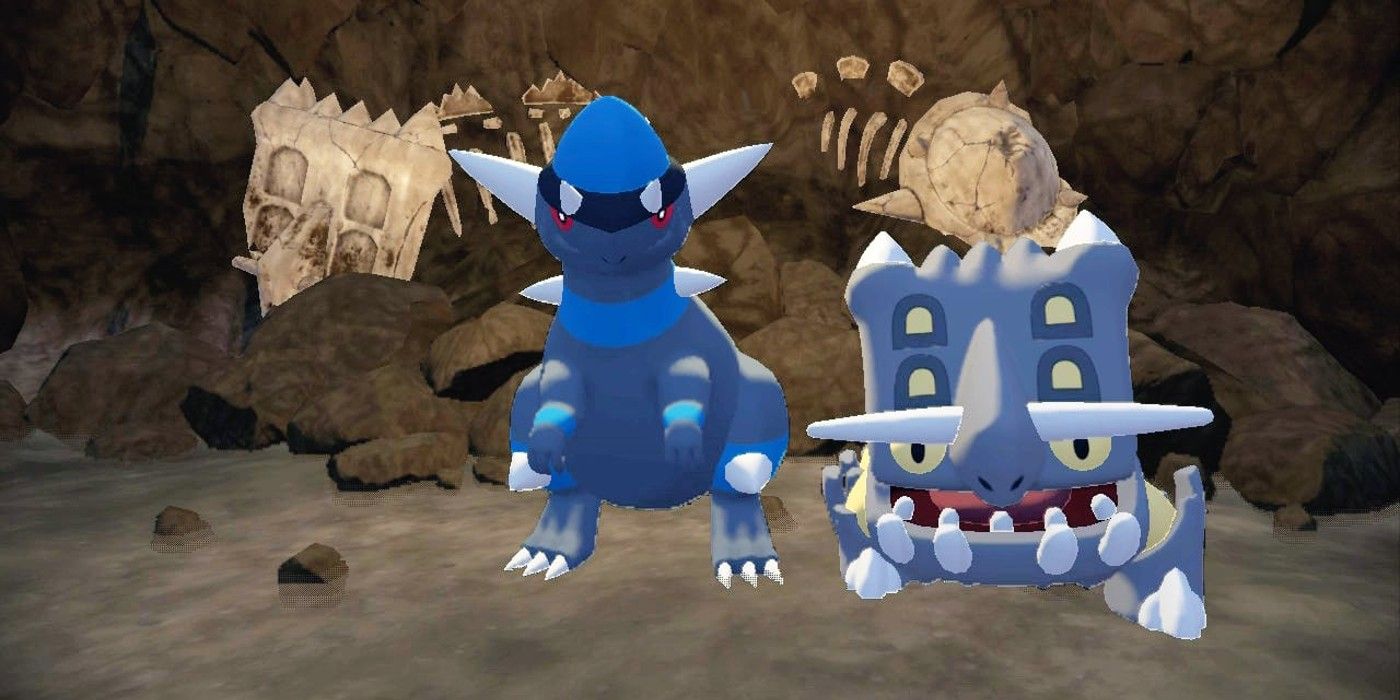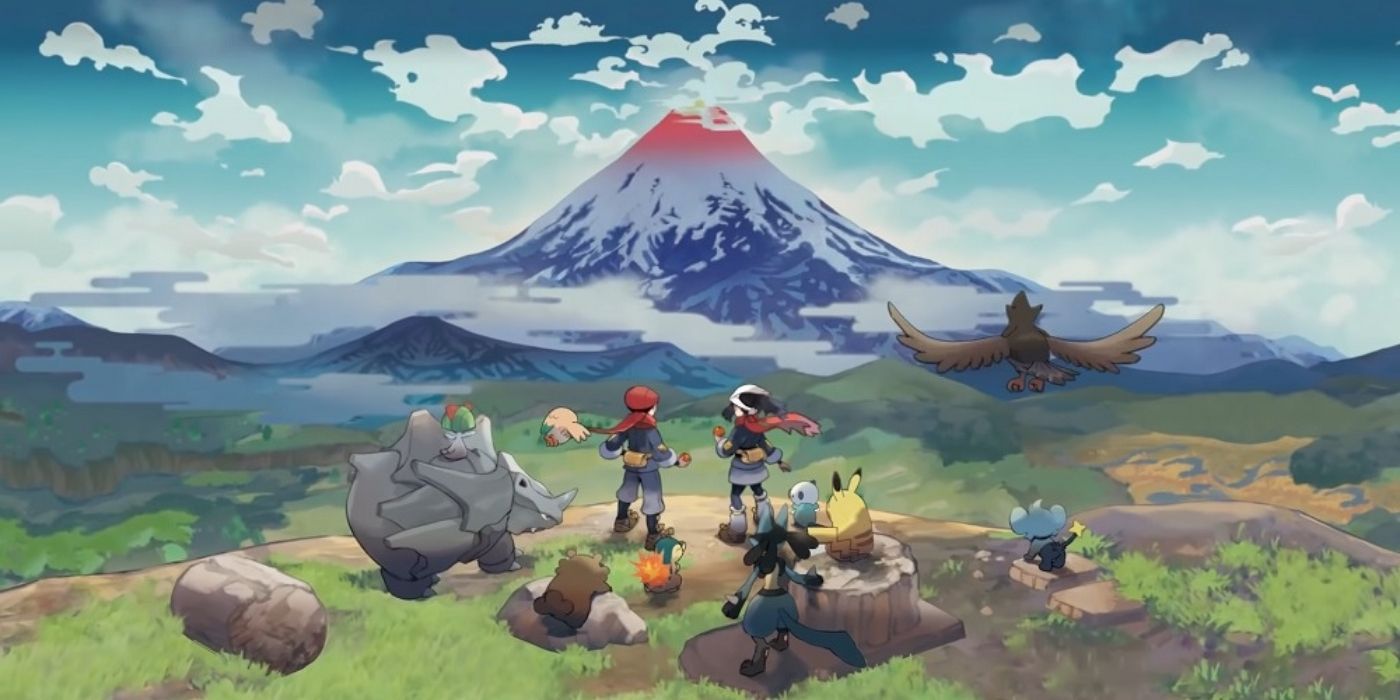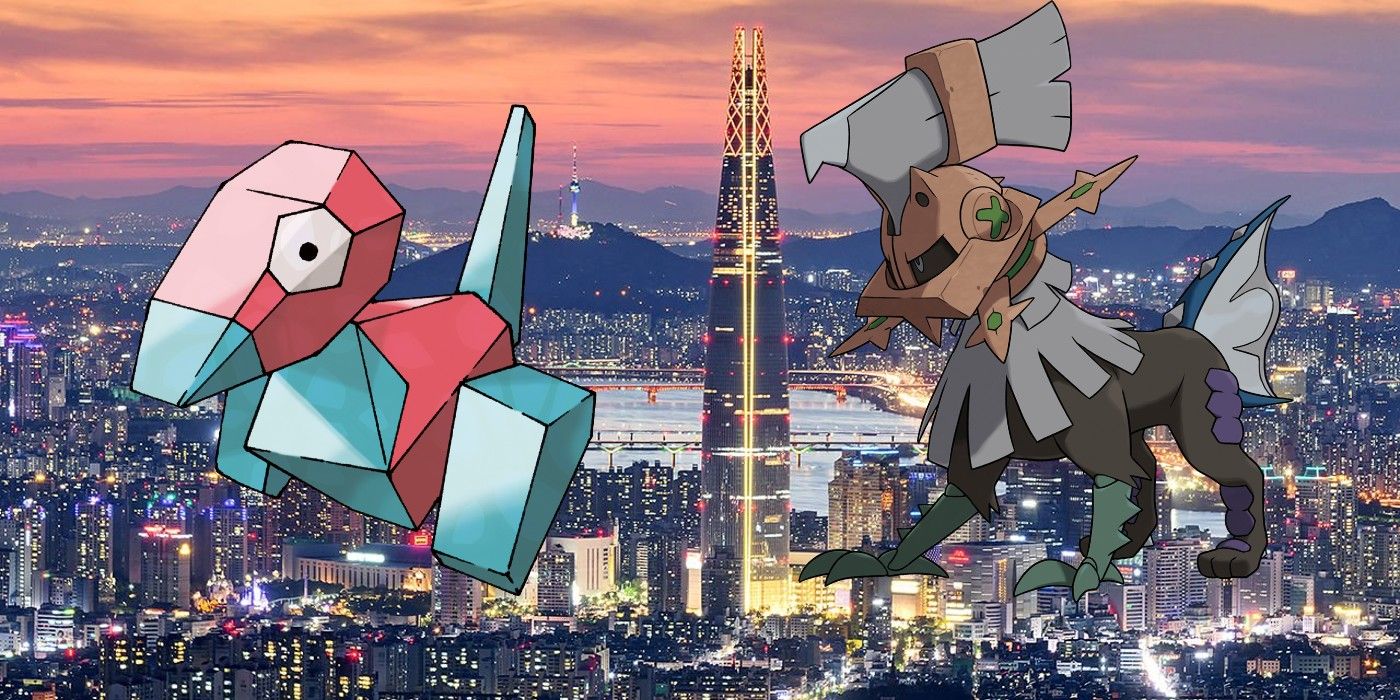Pokémon Legends: Arceus is the latest addition to the Pokémon franchise, and proves that Nintendo and Game Freak should be focusing on producing more prequels than sequels. While Pokémon games tend to stay modern with in-game technology and video game advancements, the pattern has become redundant and rarely impacts gameplay quality. While creating a relatable world can assist younger players in navigating cities, towns, and organizations, Pokémon Legends: Arceus proves the franchise can expand beyond its comfortable boundaries. Instead of continuously developing sequels to previous generations, Pokémon should turn its attention to the past and begin developing prequel projects to develop in-game lore and timelines.
Pokémon Legends: Arceus takes place in Ancient Sinnoh, when natives to the region referred to the land as Hisui. Players fall from a wormhole in the sky and join the Galaxy Expedition Team as a Survey Corps scout. Aside from the Arc Phone, players must craft necessary resources and utilize raw materials to progress through their journey. Players explore five unique areas: the Obsidian Fieldlands, the Crimson Mirelands, the Cobalt Coastlands, the Coronet Highlands, and the Alabaster Icelands. However, players can also explore Jubilife Village, the settlement which eventually grows into Pokémon Diamond and Pearl's Jubilife City. These small connections between prequel projects and modern timelines can enhance player experiences, allowing fans to experience the humble beginnings of familiar regions.
While Pokémon games occasionally run parallel to one another, Alpha Sapphire and Omega Ruby introduced parallel universes that allow Nintendo and Game Freak to adjust in-game canon. For example, certain Legendary Pokémon are said to exist one at a time, but players can catch multiple Legendary monsters in different titles. While it's unknown where the Pokémon franchise could go with this established plotline, or how Pokémon Legends: Arceus could influence the upcoming Pokémon Scarlet and Violet games, the franchise's future could depend on prequels instead of sequels.
Pokémon Games Don't Let Players Experience Enough History
Since Red and Blue, Pokémon has referenced past events and historical milestones. The Great Pokémon War mentioned in Kanto, and a separate war mentioned in Pokémon X and Y, are two such events that shaped the modern regions as they appear in their debut titles. Additionally, mirroring different locations within prequel games could provide players with a better understanding of a Pokémon region's roots. While the lack of new regions would likely evoke mixed reactions from the fanbase, Pokémon has almost a thousand unique monsters and hundreds of memorable characters that deserve more recognition. If Pokémon explores the ancestors of these characters and utilizes pre-existing regions and locations, players could experience nostalgia in a new way. Game Freak could stretch previously mentioned events into lengthy story campaigns that subvert the franchise's repetitive Pokémon League storylines.
More Pokémon Games Should Explore Ancient Times Like Legends: Arceus
Now that Pokémon Legends: Arceus has introduced time travel to Pokémon's canon, the potential for a prehistoric Pokémon game has significantly increased. Fossil Pokémon have existed since Pokémon Red and Blue, but they only offer a glimpse into the prehistoric world of each region. Movies like Jurassic Park explored instances where prehistoric creatures could join the modern world, but committing to an uninhabited world would explore a new chapter in the series. Exploring a prehistoric region with no (or little) trace of humanity could be the adventure game Pokémon fans have been waiting for. Focusing exclusively on survival, catching monsters, and charting new, ancient territories provides an opportunity for Pokémon to expand beyond its set boundaries. It could also force Nintendo and Game Freak to create new Fossil Pokémon without creating pressure to transfer them to the National Dex, due to the creatures' extinction.
Pokémon Legends: Arceus introduced Hisuian forms, which modified different existing monsters into unique typings and designs. While it's likely that many prehistoric monsters would be extinct during the modern games, introducing prehistoric forms to existing Pokémon. Regional variants are becoming increasingly common in the Pokémon franchise, with Alola, Galar, and Hisui featuring unique twists on popular (and unpopular) creatures. However, the Fossil Pokémon from previous generations could appear in greater numbers in the wild and possibly receive evolutions if Game Freak ventured into the distant past. Expanding on existing monsters and lore rather than developing a new region with completely new monsters could result in more Pokémon titles releasing over the years. It could also introduce more diversity in core series games by expanding on Pokémon Legends: Arceus' gameplay systems and unique story.
Modern Technology Hasn't Noticeably Improved In Pokémon
Pokémon mirrors real-world countries with its regions, but its society, cultures, and technology also reflect reality. While technological advancements within different industries have brought humanity countless new inventions to improve life on Earth, many aren't relevant to the Pokémon universe. Futuristic Pokémon like Porygon or Klink make up a small portion of the Pokédex, and aren't reasons to restrict the series' chronological setting. Additionally, while many modern-day animals have Pokémon equivalents, ancient and extinct species are incredibly underrepresented. Paleontologists, paleobotanists, and biologists are constantly discovering new species and information about extinct or rare ecosystems and specimens. Game Freak should take advantage of these discoveries and depict a world where these creatures are more widespread.
Technology in Pokémon isn't the game's primary focus, and Pokémon Legends: Arceus has proved players don't need high-tech Poké Balls or advanced infrastructure to enjoy their journeys. The lack of Pokémon Centers and PokéMarts provided an avenue for players to become more self-sufficient and active in an isolated community. Running side quests to expand inventory and crafting potions, Poké Balls, and new items increased players' control in the world and rearranged their priorities. Additionally, Pokémon technology like TMs and HMs proved unnecessary, as monsters could learn different movesets and relearn attacks while free-roaming. Pokémon isn't confined to a specific time - because the monsters are native to the world and widespread - and Game Freak should embrace more diversity in its future titles.
While Pokémon fans continue anticipating new regions and new monsters, the departure of the National Dex severely lessens the excitement surrounding them. With Pokémon Scarlet and Violet officially confirmed as Generation 9, Nintendo and Game Freak could continue developing projects like Pokémon Legends: Arceus. If ancient times become a new chronological setting for the Pokémon franchise, Nintendo could draw new players to the critically acclaimed series. Unfortunately, there's no telling where a Pokémon Legends series may go, nor whether additional spin-off titles could explore the past.




